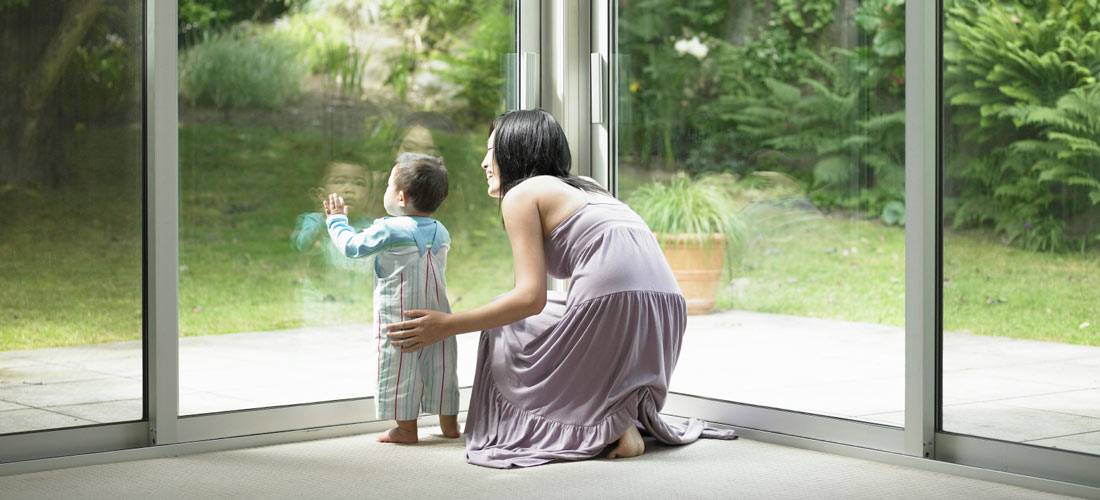Outdated windows can be one of the greatest sources of energy loss in your household. Learn what you can do to fix it with this handy guide.
Gone are the days when the homeowner’s deciding factor when selecting windows is the aesthetic appeal or the contribution it makes to the overall style of the home. Today, the right windows should be, above all, able to minimize the costs of heating and cooling of the interiors. Energy-conscious homeowners want to know which windows will give them the biggest bang for their buck without having to deal with continuous and inconvenient maintenance or replacement.

Keep in mind, though: New windows can enhance the look of your home but if you’re after saving your energy bills, it could take decades to recoup thousands you have spent on it. However, new windows are less drafty and quieter, plus they’re easier to clean and maintain than any of those old windows with combination of screens and storms.
So how do you let your windows help your home save energy? Let these four factors – type, frame, glass, and treatment – guide you to saving energy all year round.
Window Types
There are many window types, and you can even create custom-built windows. There are those more popular for homeowners because of its architectural style, ventilation, noise reduction and ability to provide picturesque and unobstructed view. But for maximum energy efficiency, here are the best window types to consider.
- Awning Window. It is hinged at the top and opens outward. Compared to sliding windows, it has lower air leakage rate because the sash closes by pressing against the frame.
- Casement Window. This window type is sealed all the way around when shut. It offers excellent ventilation but also boasts of a low air-leakage rate.
- Fixed or Picture Window. It comes in many shapes and sizes. Since it is completely airtight, there are no drafts here.
- Window Frames
Window frames are an essential element of every window. Together with the glazing component, the right frame material can minimize the transfer of heat and cold to your home’s interiors, which can lower your energy bill.

Of course, you have to consider the material’s sustainability and effect on human health. For example, wooden frames are the made from a natural, renewable material. Traditional in look and with solid durability, they resist condensation when used with double or triple glazing.
Window Glass
Modern windows incorporate coated (low-emissivity) glass with double or triple glazing to prevent heat from escaping, reflecting it back into your room. Many of the older double glazed units do not have low-emissivity glass, which lowers the energy-efficiency of your home, increases your monthly bills and contributes to bigger carbon footprint.
Low-e glass is highly recommended for homes or buildings with many windows such as sun rooms and kitchens as well as to those rooms facing north or east. This will minimize heat loss even in winter, allowing you to comfortably use it anytime of the year.
Window Treatments
- Dressing up your windows for beauty rather than function is the common reason for most homeowners. But whether it’s a cheery striped awning floating above a picture window or a pair of drapes hung to frame a pleasant view, these window treatments can help your home save energy.
- Shades. These are the simplest and most effective way to save energy. Its flexibility makes it suitable for any window orientation. Proper installment is the key. Mounting shades right up against the adjacent wall and as close to the glass as possible creates a tight seal that decreases both heat gain and loss.
- Blinds. You can maintain desired light, ventilation and privacy while reducing solar heat gain on the interiors of your home by using blinds. Reflective blinds (white or near white) can minimize heat gain by almost 50 percent – when closed or lowered on a particularly hot, sunny day. For maximum energy efficiency, south and west facing windows are its ideal locations.
- Drapes. It consists of lengths of fabric hung from a rod. Drapes act as blankets which can effectively insulate your home in the winter while shading your home from light and radiant heat in the summer. Plus, they add warmth and softness to the rooms, lending a more classic and traditional look.













Write a Comment